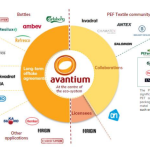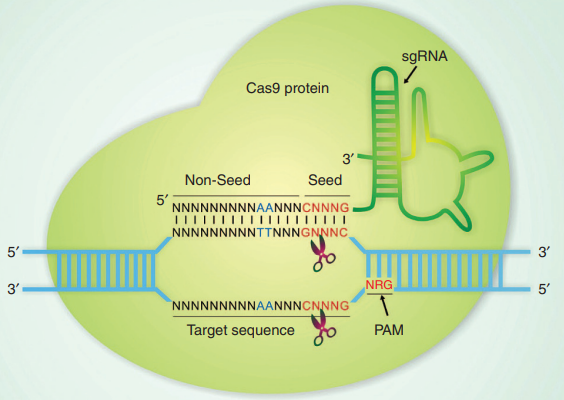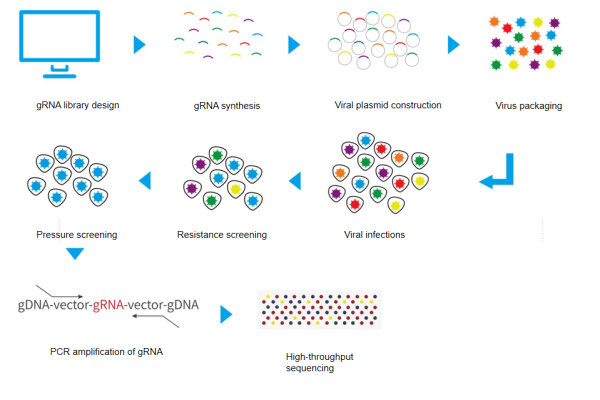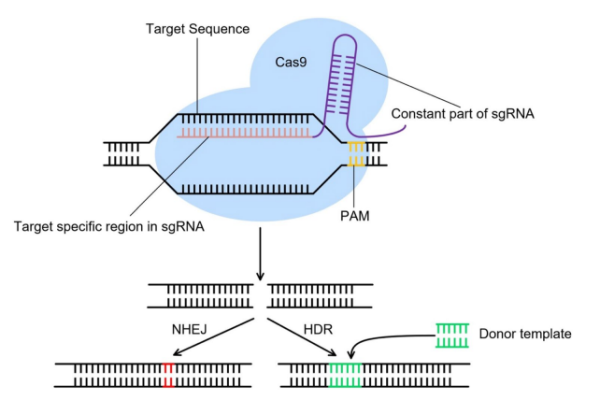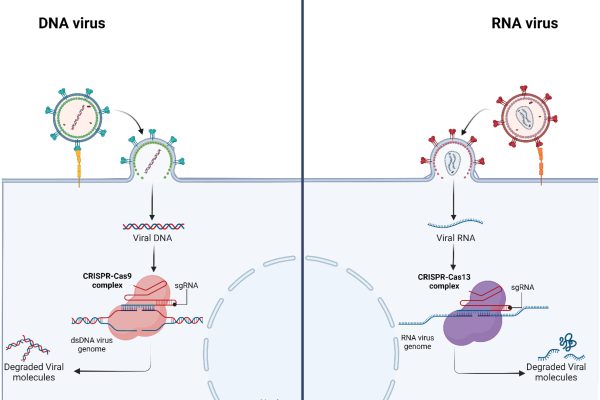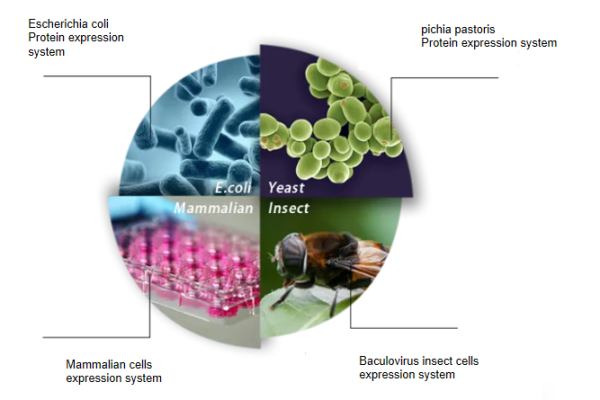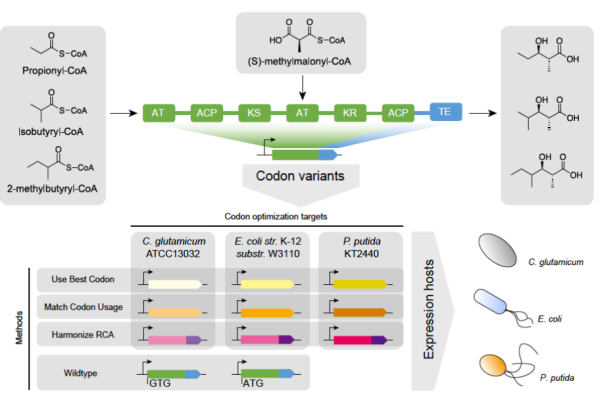
Codon Optimization for Different Expression Systems: Key Points and Case Studies
1. Introduction to Codon Optimization Codon optimization represents an influential molecular biology method that modifies a gene’s nucleotide sequence to enhance protein production in a target organism. Scientists achieve improved translation efficiency and protein yield while preserving functional integrity when they match the gene’s codon usage to the host’s translational system. Achieving high expression levels…



